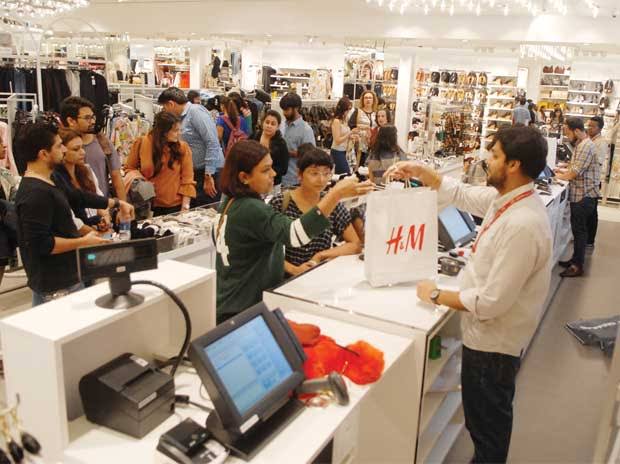Market researcher Nielsen said, “Demand for packaged consumer goods recovered to near pre-COVID levels in June as shops reopened after the government eased lockdown measures and the return of millions of migrants to their villages boosted rural consumption”.
Prasun Basu, president of South Asia zone, Nielsen Global Connect said, “June saw a clear but slowish recovery. We are kind of coming back to the levels that we left behind at the end of last year.”
Sales of consumer goods slumped in April and May as markets remained closed following lockdown restrictions. Also, many households had already stockpiled goods in March based on uncertainty over the government’s response plan after the outbreak of COVID-19 infection in India.
Nielsen said, “While spending on fast-moving consumer goods (FMCG) rose in June, India’s recovery was delayed in comparison with other Asian markets”.
Reverse migration of workers to their hometowns and an above-average monsoon improved sales of packaged goods in Rural which outpaced that of urban areas. Nielsen had taken average monthly FMCG value sales in the pre-COVID period of December to February as the baseline. It analysed four different periods: the baseline period of December to February; the pre-COVID period of March; the April-May lockdown; and June when the government started its process to uplift the lockdown restrictions.
With the baseline indexed at 100, FMCG sales were at 98 for June while a month ago in May, they slumped to 75. March sales were at 101 as buyers began to stockpile goods. In rural areas, markets experienced good sales in June which were at 109.
Nielsen said, “After a significant impact during the lockdown, the FMCG industry in India has recovered sharply in June—a recovery that is driven by traditional trade channels. There was a clear prioritization on FMCG categories made by consumers during the lockdown period, and significant recovery of others with Unlock 1.0 in June”.
January-May value sales of FMCG in India declined by as much as 8% on a year-on-year basis which marked the biggest drop in consumer packaged goods in key markets of Asia. But there was variation in consumer trends across segments. For instance, packaged wheat flour and retail packs of edible oil brands sales have increased as people began to adhere to eat only home-based cooked food.
According to Nielsen’s findings, “These categories continue to be in the shoppers’ basket in Unlock 1.0 as consumers continue to be cautious. Moreover, soaps and floor cleaners continued to be in shoppers’ priority and command a higher share of wallet in the unlock phase”.
Sales of products that fall under domestic and personal hygiene categories, along with packaged foods witnessed improved demand throughout the lockdown while personal care segment product sales showed a steady rebound after falling in demand.
Nielsen said, “With a majority of people confined to homes, cosmetics and beauty categories were de-prioritized in the lockdown phase—categories such as deodorants, hair colour and skin care had witnessed a significant slowdown. These categories have witnessed a sharp bounce-back in June”.
Prasun Basu said, “Non-food saw a big recovery in June over May, and that is showing up both in urban and rural. We are coming back to the levels we left behind at the end of last year/beginning of this year. While the full recovery of the beauty segment can’t be called out, we are seeing the delta is very strong there between May and June”.

